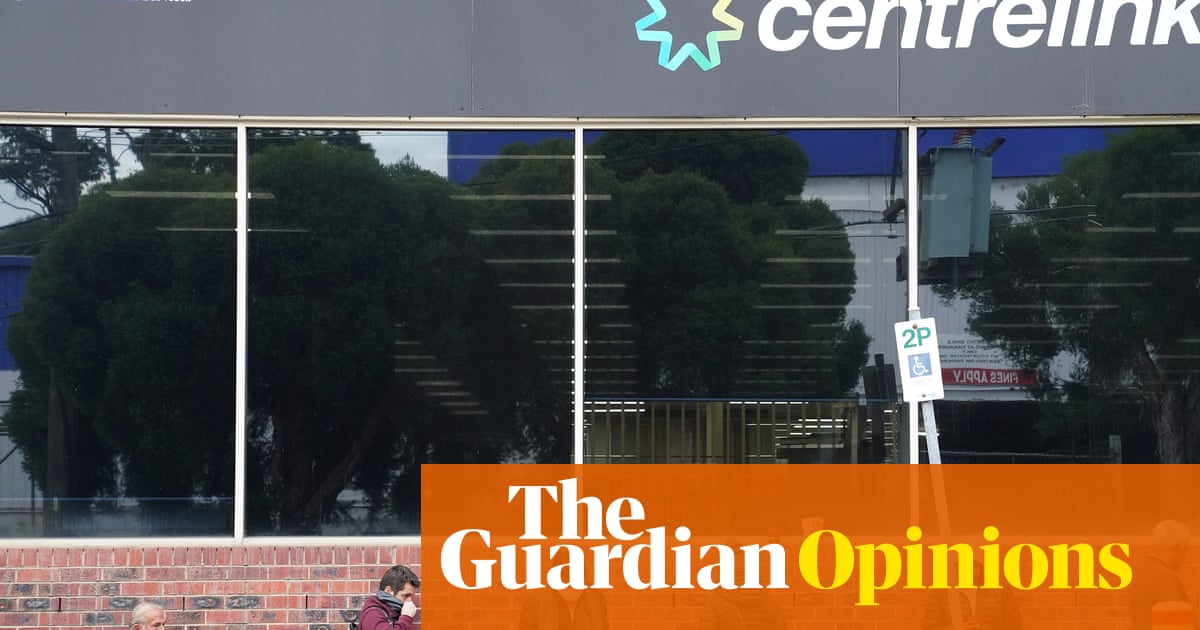We must keep as many people as possible in jobs, working fewer hours if necessary, and with the government supplementing incomes

You might think that the consequences of recessions are short-lived. The unemployment rate goes up for a short time, but subsequent strong growth quickly gets things back to normal. Not true.
The lessons of past recessions tell a different story.
The immediate economic case for minimising the loss of jobs in a recession is obvious: as workers lose jobs, their incomes fall, they consume less, and other businesses also shed workers. Without government action to boost demand, a vicious cycle is established.
But there is also a longer-term consequence. In past recessions, many who lost their jobs were never able to find another, even years later.
In the recession of the early 1980s the unemployment rate almost doubled, increasing from 5.5% to 10.5% in two years. The number of unemployed Australians increased by 330,000. An equivalent proportion of todays workforce would be about 650,000. It took six and a half years, to the end of the 1980s, for the unemployment rate to claw its way back to somewhere close to where it started.
And there were other, deeper, consequences. During the recession of the early 1980s, the proportion of Australian males with a job fell by about 7%. In the subsequent recovery only half of that fall was reversed. And then Australian workers were hit with the recession of the early 1990s. Over the next three years, the proportion of males with a job fell by a further 10%.
By the time of the collapse of Lehman Brothers in mid-September 2008 the Australian economy had enjoyed an extraordinary 16-year expansion. Yet after all those years of growth, the proportion of Australian males with a job was only a little above where it was at the low point of the early 1980s recession. Think about that for a moment.
Thats what a small group of policy advisers and ministers in the Rudd government were thinking about as we gathered together on the morning of Saturday 11 October 2008 in the cabinet room in Canberra to discuss an appropriate response to the emerging global financial crisis.
The prime minister, Kevin Rudd, the deputy prime minister, Julia Gillard, and the finance minister, Lindsay Tanner, were joined by the treasurer, Wayne Swan, calling in from Washington. All of us were aware that many of the male workers who had lost their jobs in the early 1980s recession had never worked another day in their lives. For those workers, losing attachment to work in the recession became permanent.
The social cost was terribly high. We couldnt let this happen again.
During the GFC, the proportion of Australian males with a job fell only a little, from 69.8% to a low of 67.8%. By the start of 2011, it stood at 69.4%.
Outcomes for females were better. In September 2008 55.8% of females had a job. That proportion never fell below 55.2% during the global financial crisis.
But there were still consequences. Over the year to July 2009, those females who kept their jobs worked, on average, 45 minutes a week less. And males who kept their jobs worked 1 hour 25 minutes a week less. Average hours of work fell by 3.5%. The reduction in hours of work during the GFC constituted a large proportion of the total labour market adjustment. Many people worked fewer hours, but they retained their jobs.
In the period since mid-2009, average hours worked by females have remained at that lower mid-GFC level. But average hours worked by Australian males have fallen by a further 2%.
The trend to fewer hours of work has not been entirely voluntary. The underemployment rate, which measures those in the workforce who have a job but would like to work more hours, is about 8.5%, having been less than 6% before the GFC.
Recessions have long-term consequences for people who lose their jobs. We should not assume that the loss of a job is only temporary. Rather than being made unemployed, it is preferable that hours of work are reduced. But many people working casual hours today will suffer severe financial hardship if they have to work fewer hours. That is why there is a case for government-provided income support.
For both economic and social reasons we must keep as many people as possible in jobs, working fewer hours if necessary, and we must supplement incomes with temporary payments from government.
-
Ken Henry was the secretary of the Department of Treasury from 2001 to 2011


Recent Comments